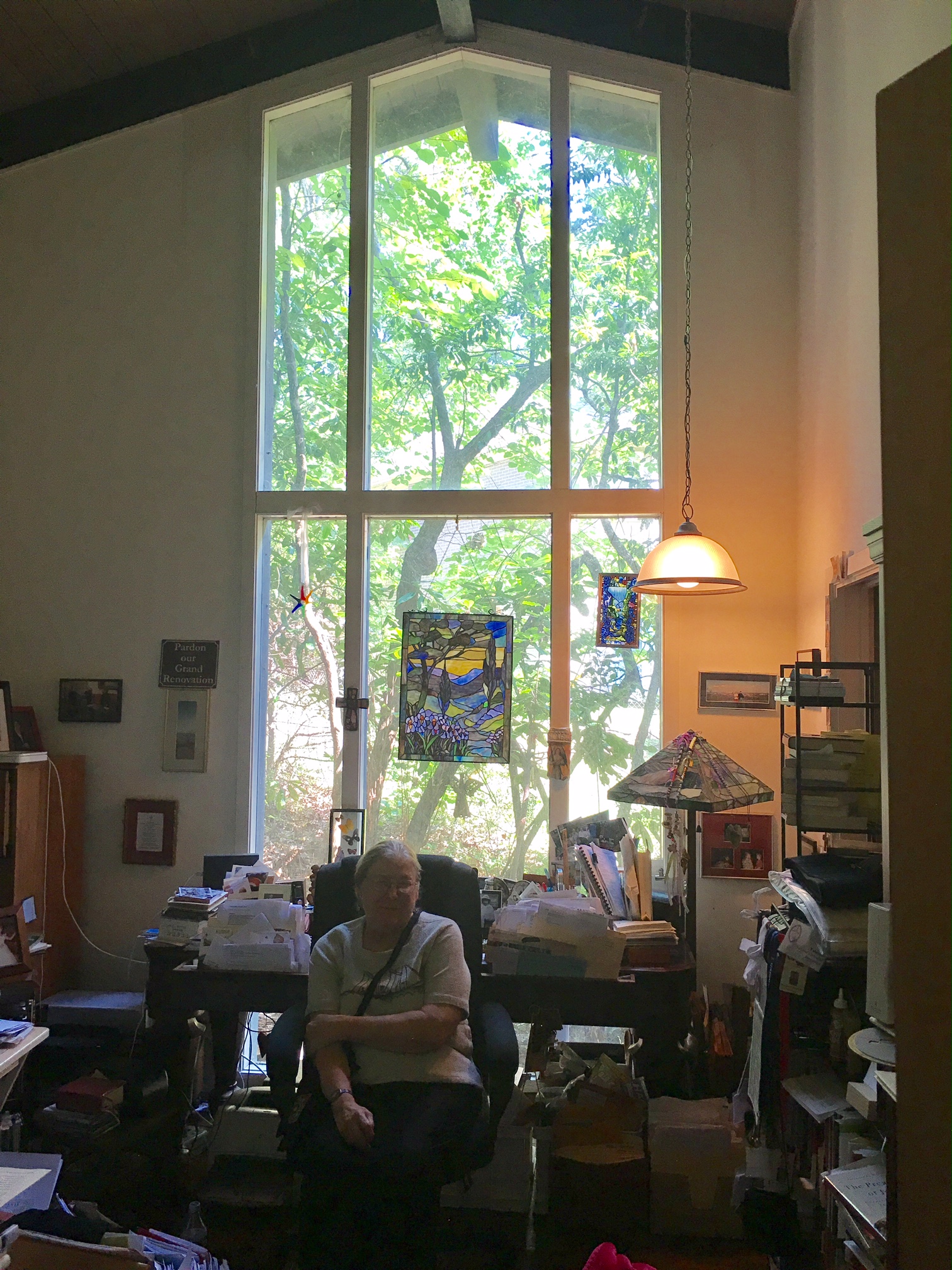St. Francis: Hoeing, Gandhi: Dying
“Saint Francis, hoeing his garden, was asked what he would do if he knew the world would end tomorrow. ‘Continue hoeing my garden,’ said the saint.” Suzanne Guthrie, Synthesis Today, Quote for June 15, 2018, attributed to St. Francis. www.synthesispub.com
I have heard this phrase attributed to St. Francis often and wondered what I would do as well if I knew I was about to die. I have made writing every day a discipline for almost two years. Would I keep on writing? Writing has become one of my best spiritual practices. As I look outside to trees and birds and sky from the floor to ceiling window in my office and my fingers hit the keyboard, I feel a peace that I hope is God’s presence.
I know I would spend as much of the last day with my family, actually as much as possible. I might entice my grandchildren to watch a movie with me and then just secretly watch them. I would want to be with my husband as much as possible. I would want to make certain my family and friends knew how much I loved them by my action and words. I would like to have a meal with my family and friends. I would look at old pictures to keep memories with me. I would spend more time with the family pictures and icons and remembrances of joy which surrounded my desk. I would ask for prayers from the good pray-ers I know, especially the women in Daughters of the King. I would also spend time in prayer at a sacred space.
Of course, if everyone else knew the world was coming to an end, this would be interesting to see how our paths might cross!
So, what does all this mean?
“Live as if you were to die tomorrow. Learn as if you were to live forever,” is attributed to Mahatma Gandhi.
I try to carry these two quotes by Gandhi and St. Francis with me each day and share them with spiritual friends as well. The quotes are a good daily benchmark as to whether we are doing the practices that bring us closer to God.
Gandhi’s quote is a paradox, an anchor metaphor for our life which is a constant ambiguous paradox. Each day this year I hope to spend more of my time doing the things which help me realize what are my best connections to God and myself and my neighbor and my family and friends.
Of course, often the connections lead me to other places, and I pray to stay open to these new adventures.
Joanna joannaseibert.com


